Introduction to Sedum
Welcome to the luscious world of sedum, the low-maintenance charmer of the succulent family! With their resilience and kaleidoscopic variety, sedum plants create a blissful splash of life in garden spaces both big and small. Whether you’re a seasoned green thumb or new to the joy of gardening, understanding the basic traits of these succulent stars will help you transform your garden into a vibrant spectacle.
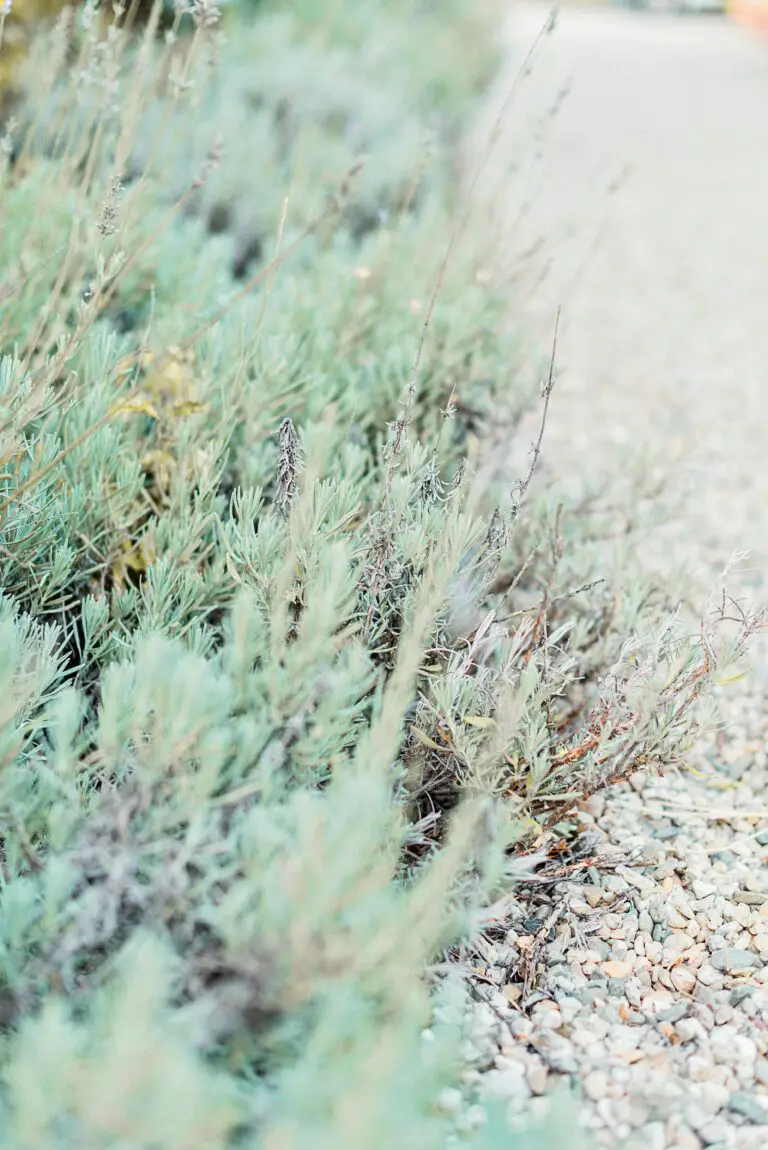
Imagine a rainbow of sedum species, each one bringing its unique flavor to the botanical mix. From the star-shaped clusters of ‘Autumn Joy’ to the creeping tendrils of ‘Dragon’s Blood’, sedum plants have evolved a spectacular array of forms and hues to suit any garden narrative. It’s not just about aesthetics either; these hardy plants are survivors, weathering conditions that would send any diva plants wilting.
Curious to learn more about their adaptability? Our article on ‘Lemon Coral Sedum: Brightening Gardens with Vibrant Succulents’ dives deeper into the enchanting world of these versatile plants. But here, in your soon-to-be sedum sanctuary, we’re setting the stage for a botanical ballet, where each member of the genus has a vital role to play.
With their succulent leaves designed to store water, sedums are perfectly suited for drier climates and soil types that leave other plants thirsting for more. But don’t be fooled into thinking they’re just desert dwellers; many a sedum species thrives in chillier zones, flaunting frost-resilient foliage that laughs in the face of icy mornings.
Now that you’re acquainted with the charismatic charm of sedum, the journey to creating your very own sedum haven begins. Look out for our subsequent sections where we’ll delve into the perfect planting spots and care tips to ensure your sedum thrives in all its radiant glory. Welcome to the delightful world of sedum, where every planting choice blooms into a stroke of genius – a true sanctuary for the senses.
Understanding Your Sedum’s Needs
Let’s cut to the chase: If you’re thinking of creating a Sedum Sanctuary in your green space, you’re in the right place! Sedums, with their spectrum of colors and textures, can turn any nook into an enchanted garden. They’re like the chameleons of the plant world, you see; they blend right into your garden’s vibe while standing out with their striking foliage.
Understanding the light, water, and soil requirements of your sedum is the groundwork for successful growth. Much like your favorite cozy spot at home that gets just the right amount of sunlight and breeze, sedums need that perfect place to call home too. They’re sun worshippers, so find them a spot where the golden rays can shower them with energy. But, don’t drown them in love, or water for that matter; they like to sip, not gulp. When it comes to their bed, well, they’re not fussy. Any fast-draining soil will make for a dreamy cradle.
If you’re looking for more tips on getting these succulent companions to their perky best, check out our guide to cultivating a sedum garden that thrives in every season.
Just imagine a swathe of sedums cascading down your rock garden, or a collection of these hardy beings turning a parched patch into a tapestry of life. That’s the power of planting sedums in their happy place.
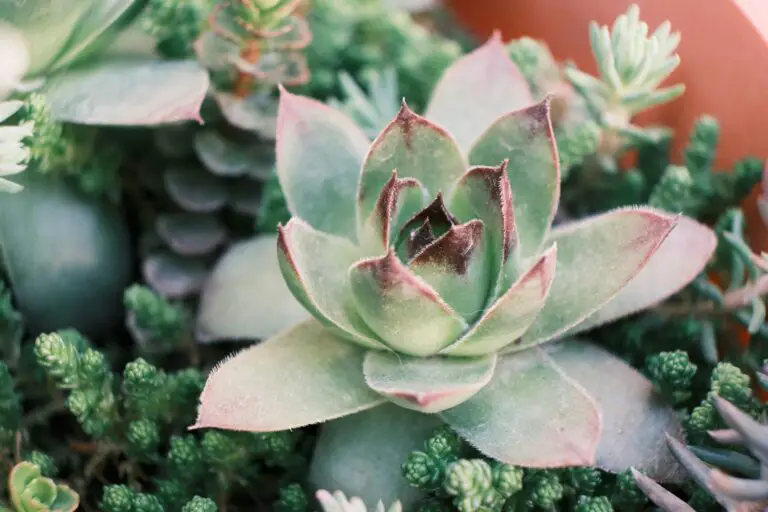
And there you have it. With a bit of sunny warmth, the whisper of the wind, and soil that doesn’t cling, your sedum sanctuary will be the talk of the town. Or, at least, the buzz among the bees and butterflies who’ll surely come visiting!
Picking the Perfect Spot: Light and Location
Sunlight is to sedum what the symphony is to orchestra; it’s the maestro conducting the growth and vibrancy of these vibrant stunners in your garden. Let’s face it, pinpointing that sun-kissed locale amidst the patchwork quilt of shady shrubs and towering trees is like looking for a treasure chest filled with golden blooms. Sedum demands their day under the sun with at least six straight hours of unfiltered adoration from the skies above. That’s right—their appetite for light is insatiable, so finding a spot that gets ample sunshine ensures you’re setting the stage for a show-stopping, applaud-worthy performance.
Now you might be pondering, “How do I scout the brightest Broadway for my sedums?” It’s simpler than a sunflower sundial. Take a leisurely stroll through your garden during different hours, observing the shifting light. It’s gardening meets espionage, your mission: to discover where the sun lingers longest. You can even refer to a guide on assessing garden sunlight to turn your outdoor space into a sedum sanctuary. Keep in mind, these succulent celebrities aren’t divas; they’re pretty amiable and will bask happily in both the high-noon spotlight and the gentler morning rays.
But beware, dear gardeners, not all light is created equal. An eastern exposure gives our leafy friends a less intense, yet sufficiently lit stage, while the western theatre of afternoon sun can often be a drama of scorching heat. However, “full sun” isn’t a strict script for all; some sedum understudies can tolerate a little high-altitude shade. It’s the delicate dance of dappled light that might just elevate their performance to an award-winning encore. For a deeper dive into the sedum’s sunlight saga, sneak a peek at this external article covering their sunny aspirations.
But what does this all mean for your botanical broadway’s casting call? While searching for the ideal largely-sunny nook, consider the surrounding scene—structures, trees, overhangs—all characters playing their part in the narrative of light and shadow. Remember, there are no small parts, only small plants that need their time in the sun. So when orchestrating your garden’s illumination, give sedum the leading role it so rightly deserves, ensuring a standing ovation from every corner of your colorful garden arena.
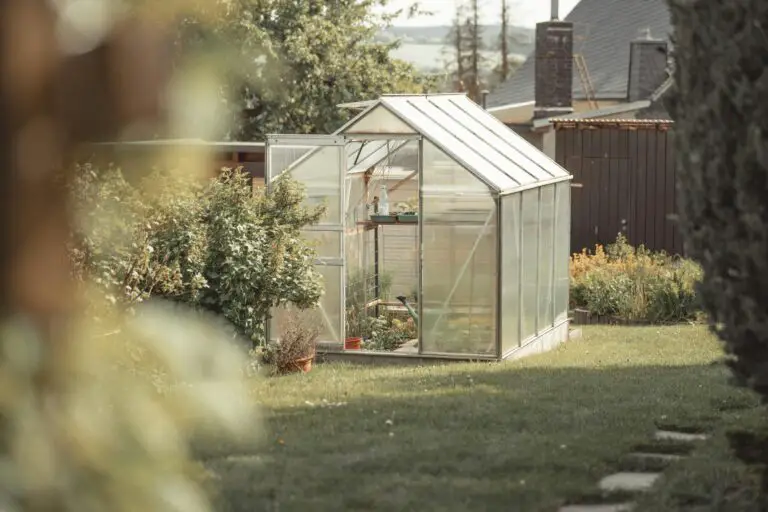
Soil and Drainage Solutions for Sedum Success
Let’s dig into the essence of cultivating sedum – the soil. Rooting for a flourishing sedum sanctuary? The golden rule is good drainage. Now, I know what you’re thinking: “But my backyard is more clay-heavy than a pottery studio!” Worry not, because I’m here to spade up some truths on transforming any terra firma into a sedum paradise.
First things first, sedum craves a soil mix that’s less ‘clay face mask’ and more ‘crumbly chocolate cake.’ That’s right – loose, gritty, and with enough space for water to escape faster than Houdini. You can create this magic mix by incorporating materials like sand, gravel, and perlite. It’s not just about avoiding soggy soil but giving your sedum the penthouse suite of soil aeration.
Imagine you’re mixing a bespoke soil cocktail. The twist? It’s all about the rocks. These tiny bouncers at the club of root goodness keep too much water from crashing the party. The result? Roots that are less “help, I’m drowning!” and more “this is the life.”
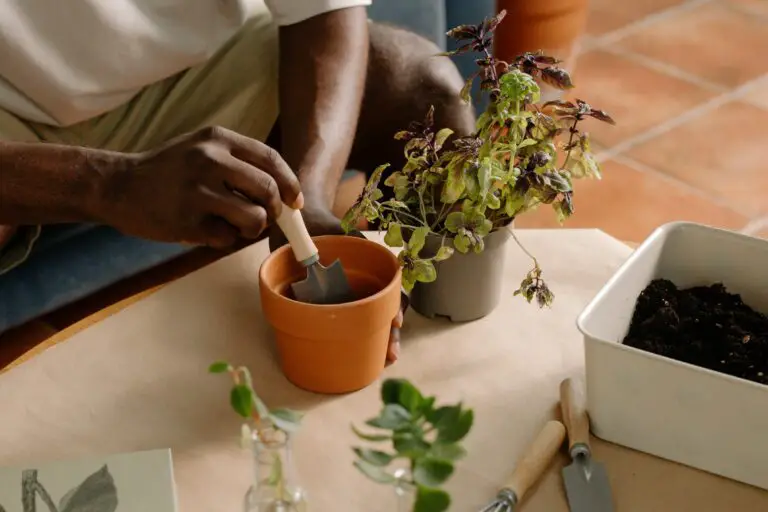
Think of it like setting up a well-drained stage where sedum can perform its best hit singles like “Vibrant Blooms” and “Sturdy Stems.” Let’s not forget the essential part of any plant’s performance – the encore. When drainage is dialed in, your sedum is set for a show-stopping comeback every season.
So there you have it, folks. With well-draining, airy soil and a penchant for gritty textures, you can roll out the red carpet for sedum that slays. Just a few tweaks to the script of your garden’s ground game, and you’ll be the director of a botanical blockbuster starring the ever-spectacular sedum.
The Aesthetics of Planting Sedum
Imagine your garden as a canvas, speckled with sunlight, dabbling in shadows, and awaiting the lively textures and hues of sedum plants. Here’s a nugget of inspiration for your gardening endeavors: think of sedum as the finishing brushstroke that brings balance and contrast to your garden tableau.
Sedum, with its dazzling array of colors and forms, serves not merely as a plant but as a pivotal design element that meshes seamlessly with various garden themes. From rock gardens that mimic alpine terrain to serene Zen corners that invite contemplation, sedum can accentuate the intrinsic beauty of any space. They add a textural depth to your garden that is not only visually engaging but also evokes a sense of tactile appeal.
Picture this: a quiet garden nook, where the plush, varied foliage of sedum creates an intricate mosaic underfoot – a living tapestry that tickles the senses. Or envision a rocky ledge, where these resilient succulents spring forth, softening the hard edges and infusing life into the stoic stonework. Each planting spot you select for sedum becomes a testament to your personal aesthetic and a reflection of nature’s effortless artistry.
Envision soft clusters of sedum tucked between the steps of a garden path, creating a whimsical journey for anyone who wanders down the trail. Or consider the charm of sedum spilling over the sides of a weathered wooden barrel, bringing an old-world rustic allure to a forgotten corner of your yard. Such real-life examples showcase sedum’s versatility and ability to elevate garden aesthetics with ease.
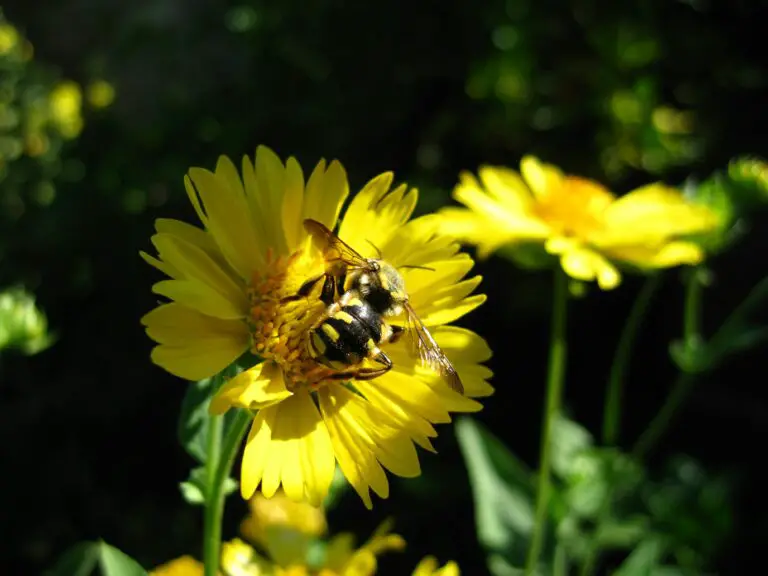
Incorporating sedum is not only about elevating the visual appeal; it’s also about crafting a harmonious dialogue between the planned and the wild. A sedum-studded garden resonates with a certain spontaneity that feels both planned and pleasantly unexpected. It’s the kind of garden magic that happens when you let nature have a seat at the design table. So, as you muse over your planting palette, remember that sedum is your resilient and enchanting partner in painting your garden masterpiece.
Sedum Sanctuary: Unearth Ideal Planting Spots for Vibrant Growth
Cultivating Sedum in Containers and Specialty Gardens
Embrace the versatility of sedum by expanding your gardening horizons beyond traditional in-ground plantings. These robust succulents thrive in a diverse range of environments, and with the right insights, you can cultivate a spectacular Sedum Sanctuary virtually anywhere.
Consider the charm of sedum peeking out from containers on your patio. The secret to success with sedum where to plant them in pots is selecting containers that complement their colorful foliage. Drainage is critical, so choose pots with adequate holes to prevent water from pooling at the bottom. Mix in gritty soil that mimics their native, rocky habitats, and you’ll witness the transformation of your balcony or terrace into a breathtaking sedum display.
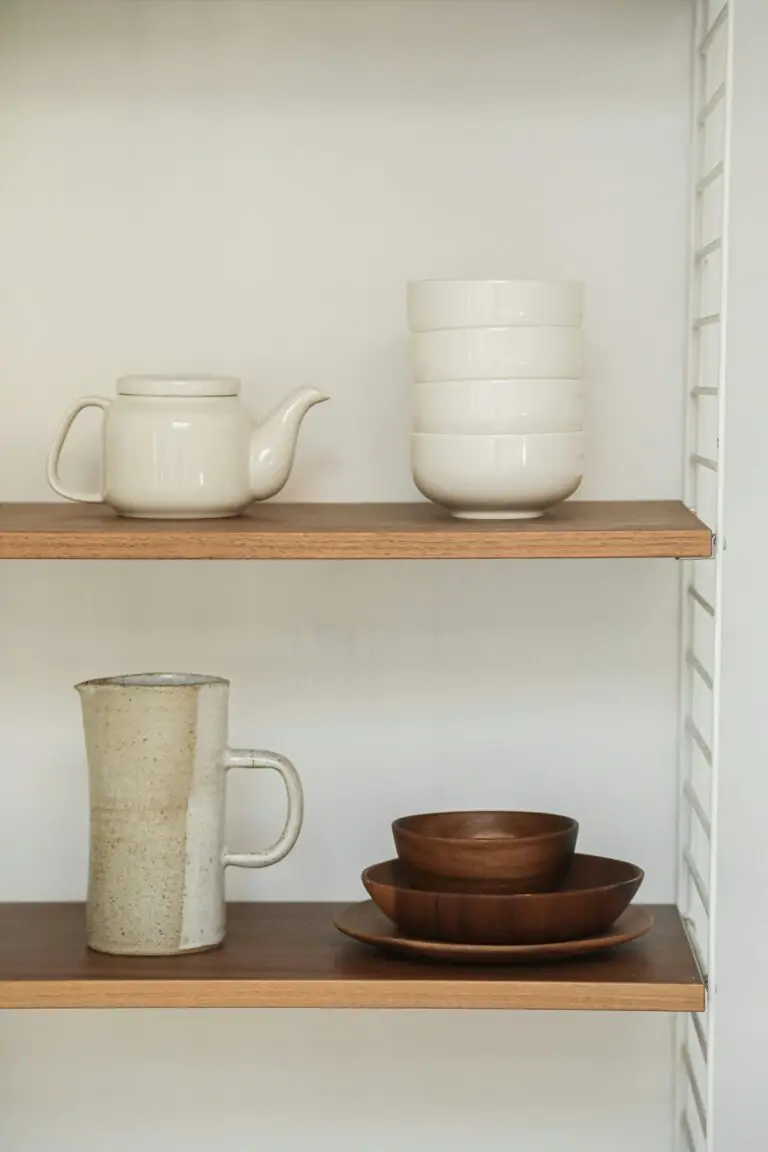
Rock gardens and sedum are a match made in heaven. The nooks and crannies between stones provide the perfect niche for these hardy succulents. In a rock garden, sedum’s drought tolerance is an advantage, allowing them to flourish where other plants might struggle. By imitating a mountainous terrain, your rock garden will become a tapestry of texture and color, with sedum as the vibrant thread weaving through your stony masterpiece.
Ground covers play an essential role in any garden by retaining moisture, preventing erosion, and creating a lush undercarpet that supports other plants. Sedum excels in this function, painting the soil with a living mosaic of green, red, and gold. It’s simple: select a sunny spot, spread sedum cuttings across the surface, and watch as they take root and sprawl, creating a vivid, low-maintenance blanket that teases the senses with its myriad hues and textures.
Incorporating sedum into your garden is like inviting a troupe of versatile performers—they adapt, they captivate, and they thrive in the spotlight. Whether nestled in a container, cascading over rocks, or stretching across the earth, sedum transforms ordinary spaces into extraordinary scenes of botanical artistry.
Seasonal Considerations for Sedum Planting
When you imagine your garden transformed into a vibrant tapestry of succulent sedum plants, timing is just as crucial as placement. Timing your sedum plantings can make the difference between a flourishing sedum display and a garden flop. Let’s cut through the dirt and dig into the best seasons for welcoming these hardy plants into your garden retreat.
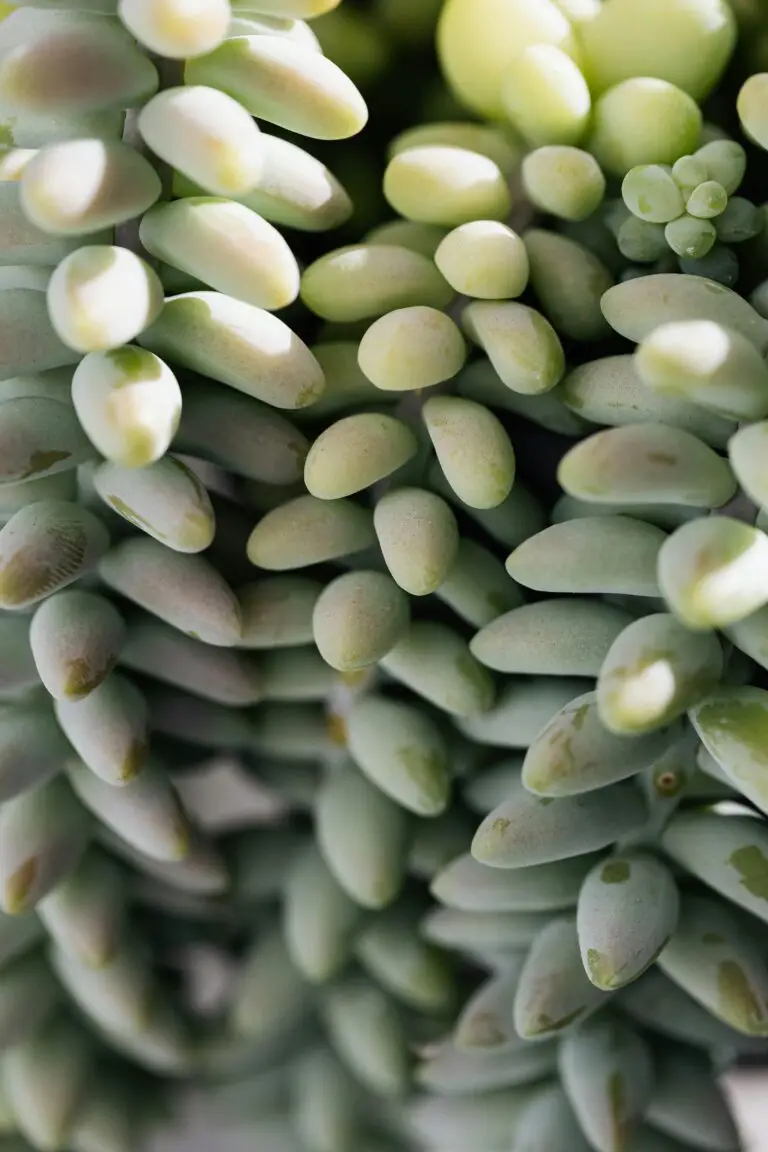
Spring emerges as a champion season for planting sedum. As the frost retreats and the soil loosens its icy grip, this is your signal to start. Early spring offers a sweet spot for sedum as the cool, yet increasingly sunny days encourage strong root development without the stress of summer scorch. For example, gardeners residing in temperate zones can break ground as soon as the risk of frost subsides, ensuring their sedum starts with a robust foundation.
Gearing Up for Summer Sedum Success
Summer planting is also on the table, particularly for the procrastinating gardeners among us. However, the game here demands more attention. If you’re planting in summer, you must commit to consistent watering to combat the heat’s intense demands. Imagine a recently transplanted sedum in your sunny front yard, zealously guzzling water to withstand the midday blitz—it needs your support to thrive during these heated months.
Falling into Autumn Planting
Transitioning to autumn, the conditions mellow and sedum can bask in the cool, forgiving climate. Many seasoned green thumbs will tout fall as a prime time for sedum planting. A sedum aficionado, Jane, from coastal Maine, swears by her late September plantings, noting how the diminishing warmth and gentler sun allow her sedum to establish itself unhurriedly before the winter rest.
Winter: A Season of Slumber or Subtle Opportunity?
Winter is often overlooked as a planting season, yet in milder climates, where the ground remains tractable, it can serve as an unexpected window for laying the groundwork for spring. The catch? You’ll need to be discerning with your choice of sedum varieties—opt for robust types that shrug off the chill, envisioning how they’ll surprise you with a burst of life as the frost thaws.
Despite your timing, be sure to acknowledge the whims of extreme weather by becoming a steward of protection for your sedum. Whether it’s layering mulch like a cozy blanket before a frost or devising shade strategies amid a heatwave, your diligence will shepherd your sedums through the seasons. By aligning your planting schedule with the rhythms of the year, your garden will not only survive; it will thrive with the vibrant growth of these adaptable beauties.
Maintaining Your Sedum Plants
Now that you’ve nestled your sedum in its new home, it’s time to dive into the care essentials that’ll make your succulent thrive. Picture this: morning dew gently nestles on the plump leaves of your sedum, kissed by the early sun. That’s your goal—achieving a little slice of vibrant green paradise. Let’s ensure your sedum plants aren’t just surviving but bustling with life!
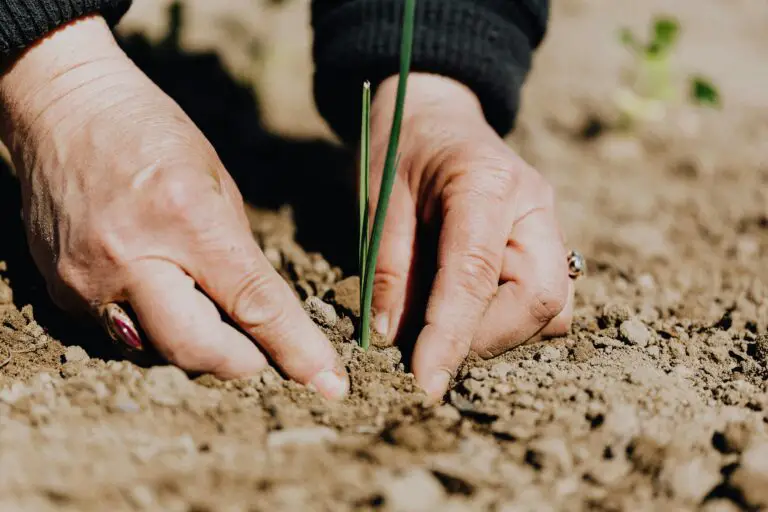
First up, watering—think of it as a balancing act. Your sedum is like that friend who loves a good drink but knows when to say when. Typically, these plants need a thorough quench, followed by a period of drying out. Imagine a summer rainstorm followed by a few days of cloudless skies, that’s the rhythm you’re aiming for—except you’re the clouds!
As for fertilizing, remember that less is more. Imagine you’re seasoning a gourmet dish; a sprinkle of fertilizer in the spring is all it takes to enhance your sedum’s recipe for success. Overdo it, and you’ll overwhelm your plant pal—keep it light and sensible.
Now let’s talk pruning. Sedum plants are like shaggy-haired kids; they need a trim now and then to look their best. As the seasons change, give your sedum a little haircut, pinching off dead blooms and trimming back overgrowth. You’ll encourage new growth and prevent your green buddy from getting too wild and unruly.
Incorporate these care tips, and your sedum sanctuary will be the lush, vibrant haven you envision. With every gentle watering, light fertilizing, and careful pruning, you’re turning your garden into a living artwork, one sedum at a time.
Troubleshooting Common Sedum Issues
Oh, sedums! These succulent beauties not only bring a pop of color to your garden but also attract a symphony of wildlife. But, as with any plant, they come with their own set of challenges. If you’ve been noticing your sedum looking a little lackluster, fret not. Let’s play detective and get to the root of common sedum predicaments.
Attack of the Clingy Critters
First on our list is the usual suspects: pests. Aphids and mealybugs are like the uninvited guests that never seem to leave. They cling to the leaves and stems, sipping on the vitality of your sedums. Picture this: an aphid invasion that could rival a scene from “A Bug’s Life.” But don’t let these critters turn your sedum sanctuary into a horror flick. Regular inspections and a quick intervention with soapy water or neem oil can send these pests packing.
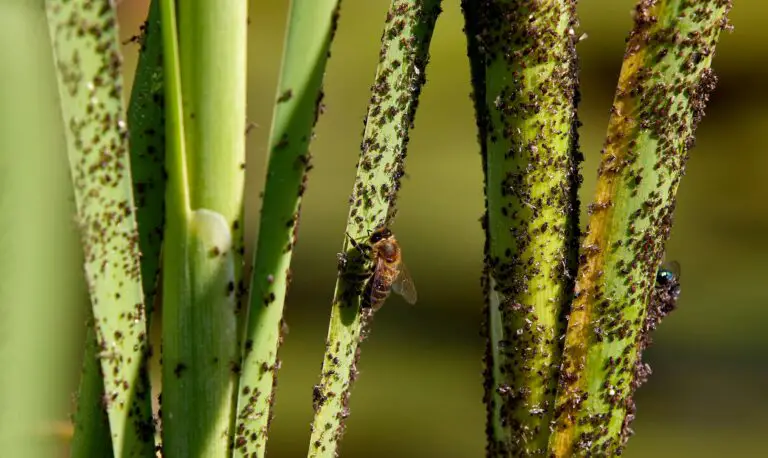
Fungal Foes and Rotten Luck
Fungus, however, is a stealthier enemy. Powdery mildew and root rot might not march in so brazenly, but they’re just as menacing. Think of powdery mildew as that thin dusting of flour on a baker’s counter, but instead, it’s on your sedum’s leaves, and it’s definitely not as delightful. Root rot, on the other hand, is a silent plant assassin residing in soggy soil. Overwatering your sedum? That’s like rolling out the red carpet for these soggy soil party crashers. Keep the soiree dry, and you’ll keep the rot at bay.
The Unseen Scourge: Viruses and Bacteria
Lastly, let’s chat about viruses and bacteria. These microscopic miscreants can cause a myriad of issues, from mottled leaves to stunted growth. They’re like the colds and flus of the plant world; they might not always be visible, but their effects can be just as impactful. Unfortunately, there’s no plant Tylenol. Prevention is key – think sterilizing your tools and avoiding cross-contamination like you’re prepping for surgery. And if sedum sickness strikes, sometimes the best remedy is removal, before it spreads like a botanical wildfire.
Remember, every gardener is a plant’s personal physician. With these tips, your sedum will be thriving, not just surviving. Keep a watchful eye and be ready to act, and you’ll maintain a vibrant, healthy sedum sanctuary.
Frequently Asked Questions
If you’re pondering over the puzzle of where to pant your sedum, you’re in for a treat! Known for their resilience and kaleidoscopic colors, sedums are a gardener’s delight. As easy-going as they are, giving them just the right spot allows their vivacious spirit to thrive. Get ready to dive into the nitty-gritty of sedum sites, as we answer the most common head-scratchers with some green-thumbed wisdom!
Do Sedums Need Full Sun or Can They Tolerate Shade?
Here’s the scoop: sedums are sun worshippers! They bask in the sunlight like a cat in a sunny windowsill. The ideal spot is where they can soak up at least six hours of sunlight a day. Although, they are quite the troopers and can endure partial shade. Just beware, too much shadow and they might get leggy—like a beanpole!
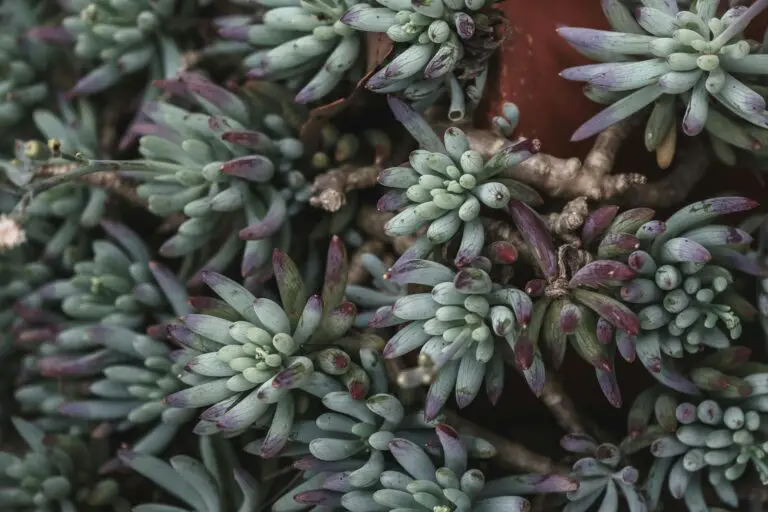
Will My Sedum Prosper in Dry Soil or Do They Prefer a Drink?
Imagine a camel in plant form—that’s your sedum! They are drought-hardy rangers, ready to face arid soils without a whimper. But that doesn’t mean they’ll say no to a drink. Well-draining soil is their cocktail of choice, letting them sip water without getting soggy feet. Picture a parched hiker finding a desert oasis—that sigh of relief is what your sedum feels with the perfect soil mix.
What about Winters? Are Sedums Tough Enough to Handle the Cold?
Don’t let their delicate looks deceive you; sedums are as rugged as mountain goats when it comes to the cold. Many are quite frost-tolerant, and some will happily sleep under a blanket of snow, only to wake up and stretch out once the spring sun tickles their leaves. However, to prevent winter blues, give them a spot that drains well. Nobody likes a cold, wet bed, and your sedums are no different.
Can I Plant Sedum Next to Other Plants, or Do They Need Their Own Space?
Consider sedums the friendly neighbors of the plant community. They do enjoy mingling with others, especially those who share their love for sunlight and aren’t too needy with water. Lavender and Russian sage are some companions they gel with, creating a low-maintenance pow-wow that’ll be the talk of the town—or at least the garden club!
So, whether you’re a seasoned gardener or just starting to play in the dirt, planting sedum can be a joyful journey. Keep these tips in mind, and watch as your garden turns into a sedum sanctuary, radiating with life and color. Now, go on and get planting—those sedum are practically itching to sink their roots into your garden story!


